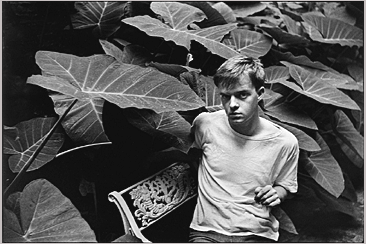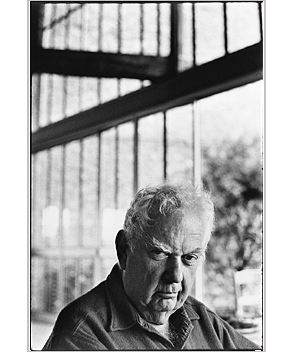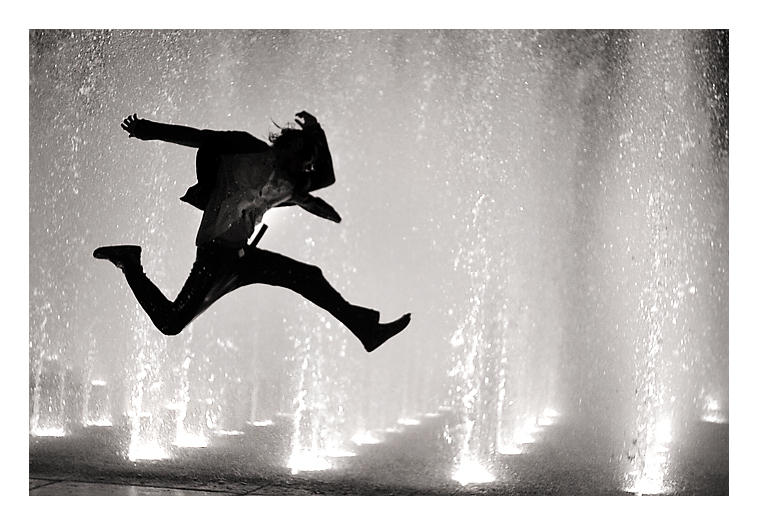was born in 1945 in Sylvania, Ohio. He is an American photographer known for his frequent publication of photographs in National Geographic. He first worked for National Geographic in 1967. Abell's style of photography is documentary in the sense that his major avenue, the National Geographic magazine, is a publication of record. However, his best work is known for its transcendent qualities, starting at the documentary level yet open to interpretation on an aesthetic level.
Sam Abell's love of photography began due to the influence of his father who was a geography teacher who ran a photography club. In his book The Photographic Life, Abell mentions a photograph he made while on an outing with his father, a photograph that subsequently won a small prize in a photo contest. He credits that prize as being a major influence on the direction his life would take. Abell was the photographer and co-editor for his high school yearbook and newspaper.
Abell graduated from the University of Kentucky in Lexington where he majored in English, minored in Journalism, and was the editor of the Kentuckian Yearbook. He is also a teacher, an artist and an author.
Abell received an honorary Doctor of Letters degree from the University of Toledo on May 10, 2009.
Sam Abell's books are essential for any photographic book collector. His latest, The Life of a Photograph, completes a set of three volumes begun in 2000 with Seeing Gardens. It was followed in 2002 with The Photographic Life.
Opionion
One of my favorite photographs by Abell is the one of the tree viewed through a Japanese window, It just so happens that the image is on the cover of his book Seeing Gardens.
It's a documentary photograph of a tree, but due a combination of light and Abell's inclusion in his composition of roof tiles in the background, the photograph takes on the transcendent, illusory quality of a stained glass window.
This is a rare photograph as Abell rarely uses flashy imagery, preferring a pure relationship with light. He has been quoted as saying that he could be perfectly happy with his photography even if his only subject was light itself.
Monday, November 29, 2010
Jim Brandenburgh
was born and raised in Luverne, Minnesota in the farms and prairies of Southwestern Minnesota. After studying at Worthington Community College, he went on to attend the University of Minnesota Duluth, where he majored in art history and worked for the local public television station.
 Upon graduating, he returned to Worthington, Minnesota and began working as a photojournalist for the Worthington Daily Globe. Within months, he began submitting work to the National Geographic Society as a freelance photographer, and in 1978 he became a contract photographer for National Geographic Magazine. Additionally, his photography has been published in a number of National Geographic Society books including "Journey Into China", "Heart of a Nation" and "Discovering Britain and Ireland", in which his photos of the Highlands in Scotland were featured.
Upon graduating, he returned to Worthington, Minnesota and began working as a photojournalist for the Worthington Daily Globe. Within months, he began submitting work to the National Geographic Society as a freelance photographer, and in 1978 he became a contract photographer for National Geographic Magazine. Additionally, his photography has been published in a number of National Geographic Society books including "Journey Into China", "Heart of a Nation" and "Discovering Britain and Ireland", in which his photos of the Highlands in Scotland were featured.His work has been included in many other magazines, such as Life, Newsweek, The Smithsonian, and GEO and has been featured on all the major television and radio networks including ABC’s Prime Time Live and CBS News Sunday Morning and Dateline NBC as well as National Public Radio's All Things Considered.
Brandenburg was commissioned by the United States Postal Service to create a set of wildlife stamps. They were released on May 14, 1981.
 In 1980, Brandenburg learned of a population of wolves on Ellesmere Island who had not yet had the fear of man instilled into them. Brandenburg therefore traveled to Ellesmere and worked to create his bestselling book, “White Wolf”. He later went on to co-produce and direct a documentary of the same name and subject matter, which premiered at the Sundance Film Festival and was produced by National Geographic Society and the BBC. It has since aired in over 120 countries across the globe.
In 1980, Brandenburg learned of a population of wolves on Ellesmere Island who had not yet had the fear of man instilled into them. Brandenburg therefore traveled to Ellesmere and worked to create his bestselling book, “White Wolf”. He later went on to co-produce and direct a documentary of the same name and subject matter, which premiered at the Sundance Film Festival and was produced by National Geographic Society and the BBC. It has since aired in over 120 countries across the globe.Opinion
My favorite image in Brandenburg's "White Wolf" book of photography is Watching for Deer. It can be seen on the right. Watching for Deer features an extreme close up of the back of a single wolf's head. You can get a real sense that he his urgent for food. Maybe, he has not eaten in a while. I feel as if the snow completes the urgency of the image.
Irving Penn
For Half a Century, Irving Penn has been the leading American celebrity portraitist and fashion photographer. Throughout the entire period, he has been associated with Vogue, and most of the photographs he has published were done as editorial assignments for that magazine. Yet, from the beginning, Penn's work has gone beyond the merely commercial. His vision has been intensely personal in a way that has inspired projects of his own -- for instance, a series of nudes done in 1949-50 -- and that has allowed images first made for magazines to be re-interpreted later in aesthetic terms.
Since 1964, Penn has printed new work and reprinted earlier negatives in platinum palladium, an esoteric process in which photochemistry is painted onto drawing paper. The degree of control this permits has made him one of the great master printers in the medium's history.
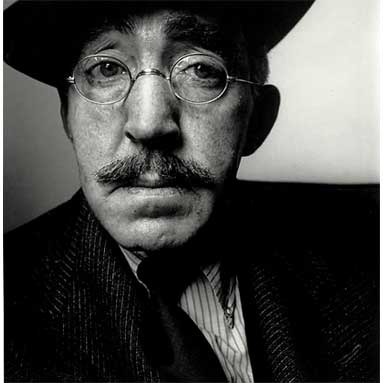 The complex relationship between commerce and art in Penn's career is reflected in the number of genres in which he has worked. Each has been a balance or counterpoint to the others, and only by looking at their individual significance can viewers appreciate the cumulative power of Penn's photography.
The complex relationship between commerce and art in Penn's career is reflected in the number of genres in which he has worked. Each has been a balance or counterpoint to the others, and only by looking at their individual significance can viewers appreciate the cumulative power of Penn's photography.
Opinion
I feel as if Penn's full body shots are not as successful as his up close portraits. When I'm in a subject's face I can see their eyes and can get a larger sense of what they are thinking and feeling. I don't really care for all the long full bodied images where the subject is aloof and doesn't seem to care that they are being photographed. Yes, full shots can be amazing images, however, I want my images to say something about the person who is being photographed as well as speak about me as an artist.
Since 1964, Penn has printed new work and reprinted earlier negatives in platinum palladium, an esoteric process in which photochemistry is painted onto drawing paper. The degree of control this permits has made him one of the great master printers in the medium's history.
 The complex relationship between commerce and art in Penn's career is reflected in the number of genres in which he has worked. Each has been a balance or counterpoint to the others, and only by looking at their individual significance can viewers appreciate the cumulative power of Penn's photography.
The complex relationship between commerce and art in Penn's career is reflected in the number of genres in which he has worked. Each has been a balance or counterpoint to the others, and only by looking at their individual significance can viewers appreciate the cumulative power of Penn's photography.Portraiture. When Penn began doing celebrity portraits as a young and relatively unknown photographer, the face-to-face confrontation with his famous subjects was so unnerving to him that he wanted to find something else, besides the camera and himself, for them to react to. Of various simple settings he devised for this purpose in the late 1940s, the most inventive was a tight comer in which his subjects appeared trapped.
Opinion
I feel as if Penn's full body shots are not as successful as his up close portraits. When I'm in a subject's face I can see their eyes and can get a larger sense of what they are thinking and feeling. I don't really care for all the long full bodied images where the subject is aloof and doesn't seem to care that they are being photographed. Yes, full shots can be amazing images, however, I want my images to say something about the person who is being photographed as well as speak about me as an artist.
Henri Cartier-Bresson
first started photographing in 1932 with a Leica, a new camera which was small and light; however, before that time virtually all cameras were larger and more cumbersome. The amateur's Kodak, although easy to use, offered little control over composition, and the press photographer's Speed Graphic used large sheets of film that had to be loaded one at a time and often needed a bulky flash.
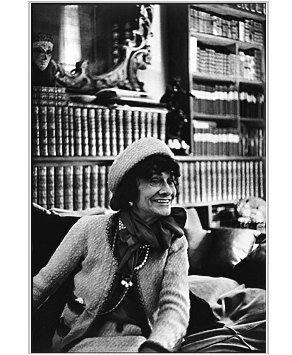 Henri Cartier-Bresson was an aspiring painter and student of literature when he first saw Martin Munkacsi's brilliant photographs of runners, swimmers, and race-car drivers, which appeared in the new illustrated magazines being published in Germany and France. Through Munkacsi's work, Cartier-Bresson recognized how the new small cameras made it possible to capture spontaneous motion while creating beautiful compositions within the rectangular shape of a single frame of 35 mm film. He was also deeply influenced by the contemporary movement known as surrealism, which encouraged artists and writers to explore the meaning that lay hidden below the surface of everyday life.
Henri Cartier-Bresson was an aspiring painter and student of literature when he first saw Martin Munkacsi's brilliant photographs of runners, swimmers, and race-car drivers, which appeared in the new illustrated magazines being published in Germany and France. Through Munkacsi's work, Cartier-Bresson recognized how the new small cameras made it possible to capture spontaneous motion while creating beautiful compositions within the rectangular shape of a single frame of 35 mm film. He was also deeply influenced by the contemporary movement known as surrealism, which encouraged artists and writers to explore the meaning that lay hidden below the surface of everyday life.
Henri Cartier-Bresson is known for his ability to find these occasions and preserve them, using his camera to identify what has come to be called the "decisive moment."
In 1947, Lincoln Kirstein compared his method to "the preoccupied intensity of a fisherman playing to land a big catch or a boxer landing a knockout."
Henri Cartier-Bresson chose his portraits from many thousands of negatives made over six decades. The earliest images date from his travels to Mexico in 1934, and the most recent, a portrait of the British painter Lucien Freud, was made in 1997.
As both artist and journalist, Cartier-Bresson met and photographed the world's leading artists, writers, and politicians. Many familiar faces appear in his printed works, alongside compelling portraits of anonymous men and women he encountered along the way. Cartier-Bresson photographed them all with the same endless curiosity, the same uncompromising eye. His portraits comprise an unrivaled record of our time, the way we look, the people we admire, and the secrets we try to keep_until he gently seizes them with his camera and turns them into art.
Opinion
The act of making such photographs relies partly on intuition and partly on chance, but it also grows out of enormous discipline. For despite the spontaneous nature of his subjects, Henri Cartier-Bresson never abandoned his formal training as an artist. Each image is a complete composition within a single frame of film, and it cannot be cropped or altered without destroying the whole. This whole image can take many different forms, however. It is not unusual for one image to appear on the pages of a magazine, in a book, or enlarged and framed on a museum wall.
Cartier-Bresson is not alone when he calls portraiture "the one domain which photography has won away from painting." In the hands of Cartier-Bresson, a photographic portrait seems transparent, as if no photographer has intervened between the subject and the viewer. We feel that we know them, because Cartier-Bresson captures what seems to be the essence of their being, the way they look when they are most themselves. These images convey a palpable physical relationship between the viewer and the subject. To see through Cartier-Bresson's eyes, to stand in his shoes, we find ourselves poised on the threshold of a new discovery.
 Henri Cartier-Bresson was an aspiring painter and student of literature when he first saw Martin Munkacsi's brilliant photographs of runners, swimmers, and race-car drivers, which appeared in the new illustrated magazines being published in Germany and France. Through Munkacsi's work, Cartier-Bresson recognized how the new small cameras made it possible to capture spontaneous motion while creating beautiful compositions within the rectangular shape of a single frame of 35 mm film. He was also deeply influenced by the contemporary movement known as surrealism, which encouraged artists and writers to explore the meaning that lay hidden below the surface of everyday life.
Henri Cartier-Bresson was an aspiring painter and student of literature when he first saw Martin Munkacsi's brilliant photographs of runners, swimmers, and race-car drivers, which appeared in the new illustrated magazines being published in Germany and France. Through Munkacsi's work, Cartier-Bresson recognized how the new small cameras made it possible to capture spontaneous motion while creating beautiful compositions within the rectangular shape of a single frame of 35 mm film. He was also deeply influenced by the contemporary movement known as surrealism, which encouraged artists and writers to explore the meaning that lay hidden below the surface of everyday life. Henri Cartier-Bresson is known for his ability to find these occasions and preserve them, using his camera to identify what has come to be called the "decisive moment."
In 1947, Lincoln Kirstein compared his method to "the preoccupied intensity of a fisherman playing to land a big catch or a boxer landing a knockout."
Henri Cartier-Bresson chose his portraits from many thousands of negatives made over six decades. The earliest images date from his travels to Mexico in 1934, and the most recent, a portrait of the British painter Lucien Freud, was made in 1997.
As both artist and journalist, Cartier-Bresson met and photographed the world's leading artists, writers, and politicians. Many familiar faces appear in his printed works, alongside compelling portraits of anonymous men and women he encountered along the way. Cartier-Bresson photographed them all with the same endless curiosity, the same uncompromising eye. His portraits comprise an unrivaled record of our time, the way we look, the people we admire, and the secrets we try to keep_until he gently seizes them with his camera and turns them into art.
Opinion
The act of making such photographs relies partly on intuition and partly on chance, but it also grows out of enormous discipline. For despite the spontaneous nature of his subjects, Henri Cartier-Bresson never abandoned his formal training as an artist. Each image is a complete composition within a single frame of film, and it cannot be cropped or altered without destroying the whole. This whole image can take many different forms, however. It is not unusual for one image to appear on the pages of a magazine, in a book, or enlarged and framed on a museum wall.
Cartier-Bresson is not alone when he calls portraiture "the one domain which photography has won away from painting." In the hands of Cartier-Bresson, a photographic portrait seems transparent, as if no photographer has intervened between the subject and the viewer. We feel that we know them, because Cartier-Bresson captures what seems to be the essence of their being, the way they look when they are most themselves. These images convey a palpable physical relationship between the viewer and the subject. To see through Cartier-Bresson's eyes, to stand in his shoes, we find ourselves poised on the threshold of a new discovery.
Annie Leibovitz- Disney Dream
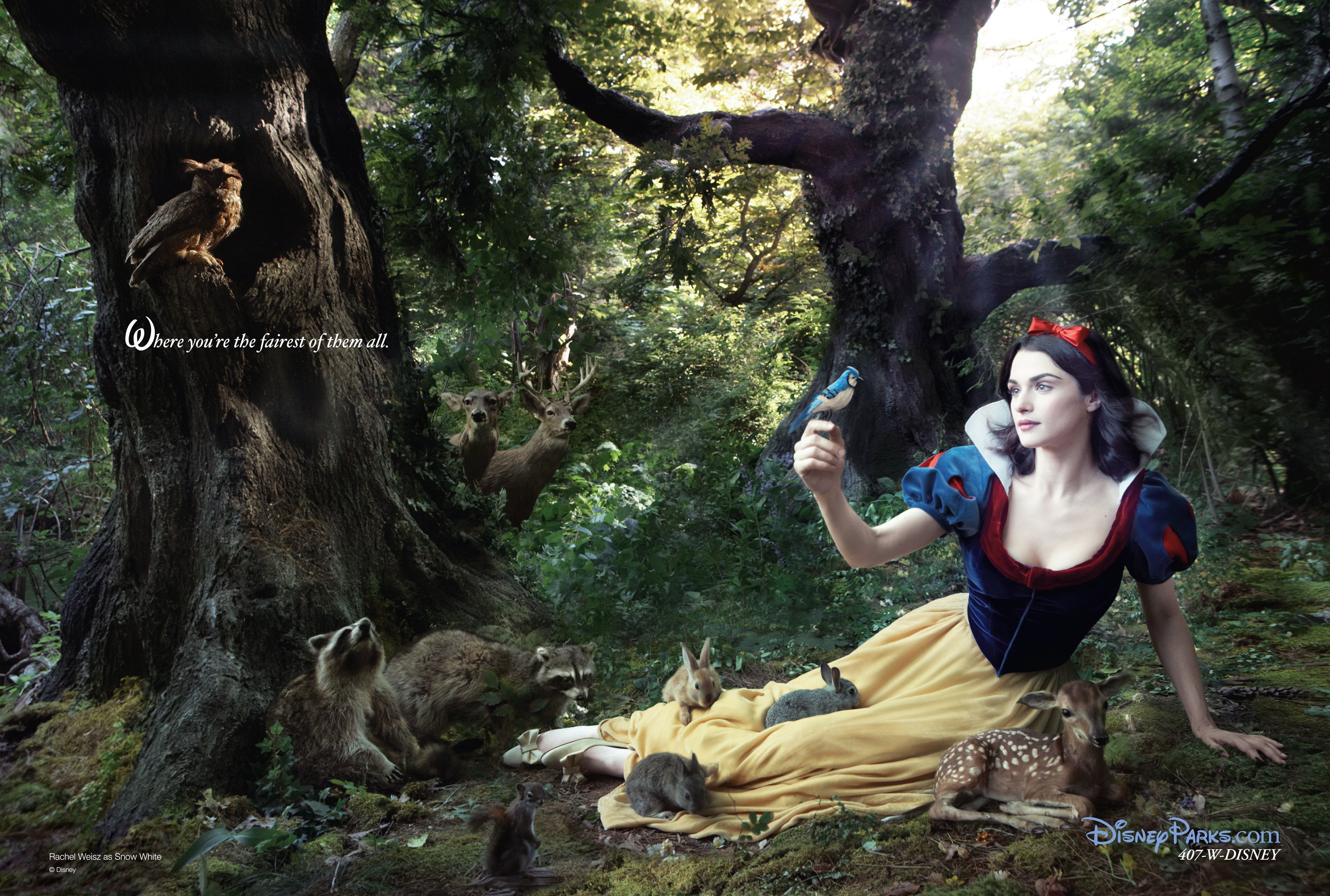 Annie Leibovitz was born in Westbury, Connecticut. Leibovitz is the third of six children and is a third-generation American whose great-grandparents were Russian Jews. Her father's parents had emigrated from Romania. Her father, Sam Leibovitz, was a lieutenant colonel in the U.S. Air Force; her mother, Marilyn Leibovitz, was a modern dance instructor. The family moved frequently with her father's duty assignments, and she took her first pictures when he was stationed in the Philippines during the Vietnam War.
Annie Leibovitz was born in Westbury, Connecticut. Leibovitz is the third of six children and is a third-generation American whose great-grandparents were Russian Jews. Her father's parents had emigrated from Romania. Her father, Sam Leibovitz, was a lieutenant colonel in the U.S. Air Force; her mother, Marilyn Leibovitz, was a modern dance instructor. The family moved frequently with her father's duty assignments, and she took her first pictures when he was stationed in the Philippines during the Vietnam War.In high school, she became interested in various artistic endeavours, and began to write and play music. She attended the San Francisco Art Institute, where she studied painting. For several years, she continued to develop her photography skills while working various jobs, including a stint on a kibbutz in Amir, Israel, for several months in 1969.
She is best know for taking the last photographs of John Lennon before he died.
 In 2007, she was recruited by Disney to promote Disneyland and Walt Disney World's Year of a Million Dreams campaign, Leibovitz persuaded her famous friends to dress up as classic Disney characters. The first images in this ongoing series appeared in the March issues of Vogue, Vanity Fair, W, GQ, Conde Nast Traveller, Cookie and The New Yorker.
In 2007, she was recruited by Disney to promote Disneyland and Walt Disney World's Year of a Million Dreams campaign, Leibovitz persuaded her famous friends to dress up as classic Disney characters. The first images in this ongoing series appeared in the March issues of Vogue, Vanity Fair, W, GQ, Conde Nast Traveller, Cookie and The New Yorker. Scarlett Johansson was the first A-lister to sign on. She plays Cinderella, dashing down a staircase with the castle aglow in the distance. The image was photographed on the steps of the Soldiers and Sailors Memorial on New York's Riverside Drive with Disney World's Cinderella castle digitally imposed behind her.
The Alice photo shoot took place in a field on Leibovitz's farm in upstate New York. The artist says:
"We had some teacups from Disneyland shipped in. I hadn't realized that they each weighed several hundred pounds. We had to place them with a forklift. It took a whole day to do that, and then I couldn't move them, because the field was wet."
 Leibovitz, who soon after dressed another set of celebrities as Peter Pan, Tinker Bell and Little Mermaid Ariel, approached British soccer superstar (and new American import) David Beckham, with the concept of playing Sleeping Beauty's Prince. Not surprisingly, Beckham was game, and the image was photographed near a lake outside Madrid, where he had been playing soccer for the team Real Madrid. The castle superimposed in the background is from Disneyland Paris.
Leibovitz, who soon after dressed another set of celebrities as Peter Pan, Tinker Bell and Little Mermaid Ariel, approached British soccer superstar (and new American import) David Beckham, with the concept of playing Sleeping Beauty's Prince. Not surprisingly, Beckham was game, and the image was photographed near a lake outside Madrid, where he had been playing soccer for the team Real Madrid. The castle superimposed in the background is from Disneyland Paris.Opinion
I absolutely love these images. They are very creative even though they have been digitally enhanced. Each image also comes with its own catch phrase emulating an idea that the Disney company believes about its parks. The care and attention to the images emphasizes and make the viewer believe in the portraits messages. The parks indeed become places "Where dreams run free" and "Where every Cinderella story comes true."
I encourage any company looking to have a successful advertising campaign to look at Disney's care to detail as well as graphics and messages.
Also, remember what your brand says about you.
Harrison Vs Gordon
The artist of this, "Running Through", piece is Harrison. The image was voted one of the top ten photos by viewers on the Wired website. There are comments posted on the site discussing whether any of the top pics have any real substance with the favorite image being "Man in the Fog" by David Gordon which is posted to the right.
 Yes, Gordon's image is powerful but I'm more of the playful type and have more fun with Harrison's image.
Yes, Gordon's image is powerful but I'm more of the playful type and have more fun with Harrison's image. I believe both are beautiful images and that they represent different attitudes about photography and what an image should and could represent. In the end, an image is just a reflection of the artist.
The Perfect Image by an Unknown Person
Unfortunately, the author of this photograph is unknown, however, I thought that it was a very powerful image and wanted to share it with everyone.
The photo seems to be taken at exactly the right moment from exactly the right angle with a perfect lighting. The vertical lines created by the windows run up the side of the buildings drawing the viewer's eyes directly toward the birds and the leaping figure. The silhouette is very engaging with the birds seemingly hovering around the person as a mother bird does its young at first flight.
I definitely have a feeling of flight. I am not worried at all about falling when I view this image.
Subscribe to:
Posts (Atom)





